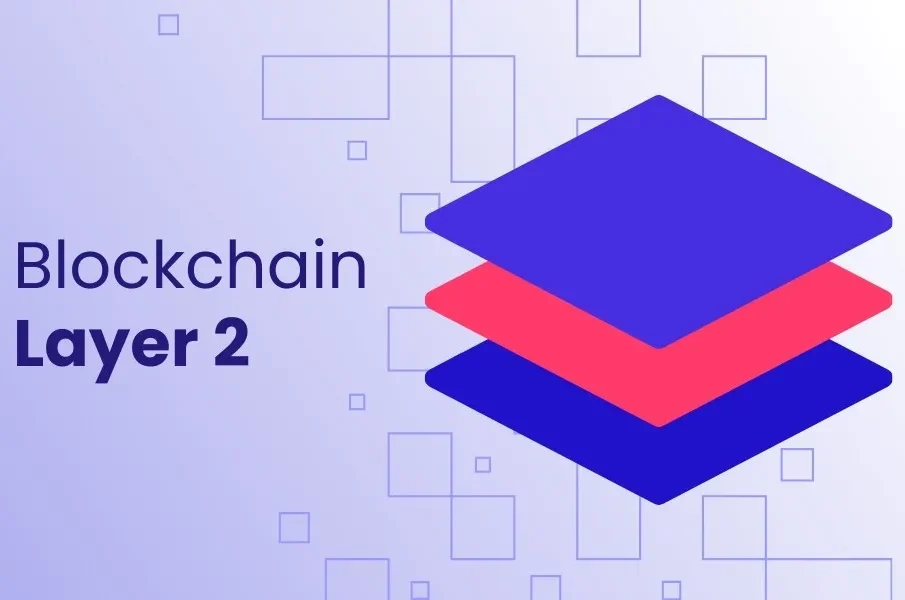How does network separation affect layer 2 agreement processes?

Network separation fundamentally alters consensus mechanisms in layer 2 systems by creating isolated validation environments that require specialized coordination protocols. These separated networks must establish independent agreement processes while maintaining connectivity to the primary blockchain infrastructure, creating complex synchronisation challenges that affect transaction finality and cross-network communication. pre sale crypto projects often highlight how peak demand can challenge the capacity of multiple blockchain layers at once. These events test the limits of inter-network coordination as each separated layer 2 environment processes agreements independently while attempting to maintain consistency with connected systems and prevent double-spending or conflicting state changes.
Consensus fragmentation challenges
- Separated networks operate distinct consensus mechanisms that can diverge from synchronized agreement states, creating potential conflicts when transactions span multiple layer 2 environments. Each network maintains its validator set and consensus rules, leading to situations where identical transactions may receive different treatment or timing across separate systems. This fragmentation requires sophisticated reconciliation processes to ensure consistent outcomes across all affected networks.
- Validator coordination becomes increasingly complex as network separation increases, requiring specialized communication protocols to maintain agreement consistency across isolated environments. Separated networks must implement checkpoint systems and periodic synchronization events to prevent consensus drift that could lead to incompatible states between connected layer 2 systems. The challenge intensifies when networks operate different consensus algorithms or maintain varying security assumptions that affect the finality of agreement and timing.
Security isolation effects
- Independent security models in separate networks create trust assumptions affecting agreement validation processes and cross-network transaction confidence levels. Each separated environment maintains distinct security guarantees based on validator composition, stake distribution, and consensus participation rates that may not align with connected systems. This creates situations where agreements validated in one network carry different security assurances than transactions processed in alternative, separate environments.
- Isolated attack surfaces emerge as separated networks develop unique vulnerability profiles that affect overall system security and agreement reliability. Attackers may target specific separated networks with lower security budgets or validator participation rather than attempting to compromise more secure primary networks. These targeted attacks can compromise agreement processes within individual separated environments while leaving other connected networks unaffected, creating complex recovery scenarios.
Communication protocol gaps
- Inter-network messaging systems struggle to maintain real-time agreement synchronization across separated layer 2 environments due to latency, bandwidth limitations, and protocol incompatibilities. These communication gaps delay agreement finalization, affecting time-sensitive transactions requiring rapid cross-network confirmation. Separated networks must implement buffering mechanisms and delayed finality systems to account for communication delays that prevent immediate agreement synchronization.
- Message ordering challenges arise when separated networks receive agreement updates in different sequences, potentially leading to conflicting state interpretations and transaction reversals. Network separation exacerbates these timing issues by creating multiple communication paths with varying latency characteristics that affect message delivery order. Resolution requires sophisticated timestamp coordination and agreement queuing systems to handle out-of-order message processing while maintaining transaction integrity.
Resolution pathway development
Dispute resolution mechanisms must account for separated network governance structures and validator accountability systems that may operate under different rules and incentive structures. When agreement conflicts arise between separated networks, resolution pathways require cross-network coordination that respects individual network sovereignty while maintaining overall system consistency. These processes often involve complex arbitration mechanisms that can access state information from multiple separated environments.
Rollback coordination becomes necessary when separated networks reach conflicting agreement states that require reversal to common checkpoint positions. These rollback events must be carefully orchestrated across all affected separated networks to prevent additional inconsistencies or transaction losses during recovery. The coordination complexity increases exponentially with the number of separated networks involved in the conflicting agreement states. Success depends on developing robust inter-network communication standards and agreement reconciliation processes that can handle the inherent complexities of distributed consensus across isolated but connected blockchain environments.










